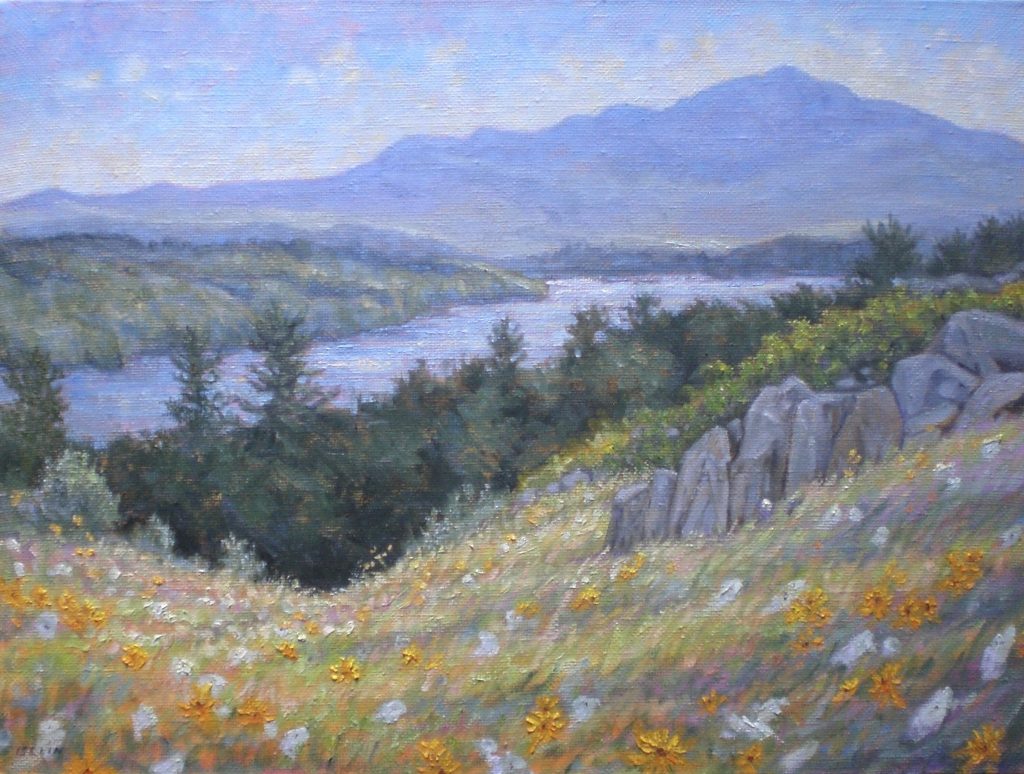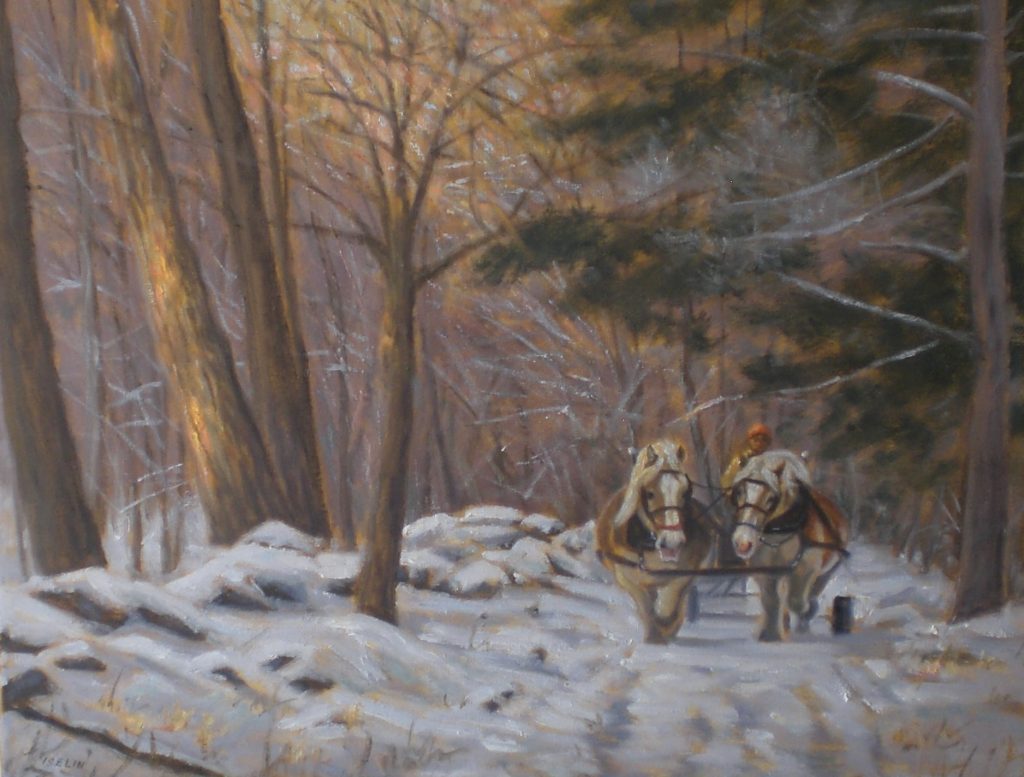Mary Iselin

My subject matter nearly always relates to my life here on our farm, or on the geography and culture within the Monadnock Area. I have very deep roots, and am very connected to place.


Q&A with Mary Iselin
How would you describe your background?
Drawing and painting was always my main go-to activity in life. I had very supportive parents–My Dad got me my first oil paints when I was six!–and a high school program far more intense than most college programs. Planning a college career in art, I switched schools at the last moment to study creative writing. This turned out to be direct intervention by some guardian angel, since the school where I was slated to attend turned out to be switching its focus to nothing but abstraction. I had several students later in life who told me it had taken them literally decades to dare pick up a brush again, after that school. But I painted all through the college years, took time off when my kids were small, and then returned to art, with the help of an immensely supportive husband. (He even built me a studio!).
When did you know you wanted to be an artist?
What would surprise people to learn about you?
How would you describe your art to someone who has never seen it?
What achievements in the area of art are you proudest of?
How would you describe your art process?
If I am working plein air, I just go out there and paint. Working outside, you have to just do it. There is little time to over-think anything.
What is your usual studio/working day like?
What is the most delightful part of your life outside of work?
